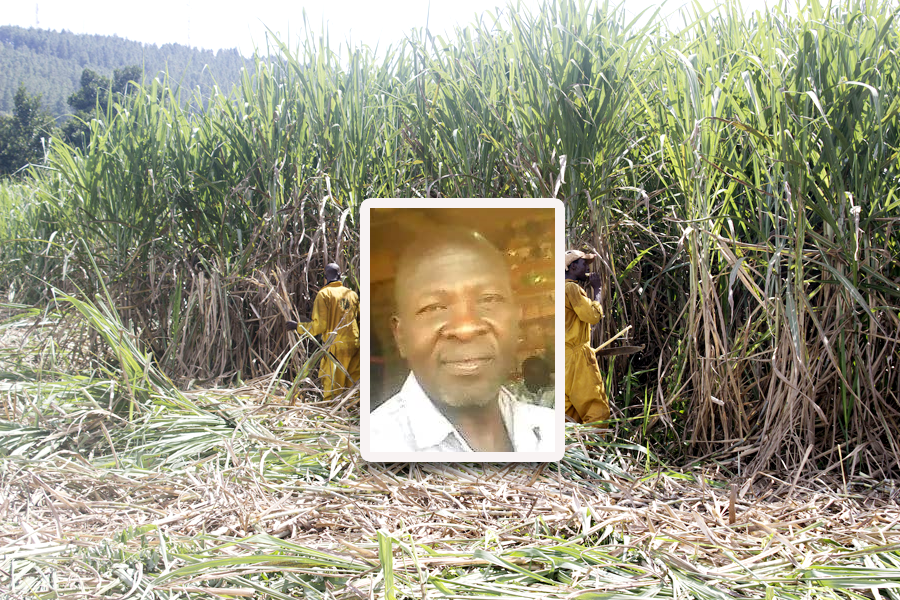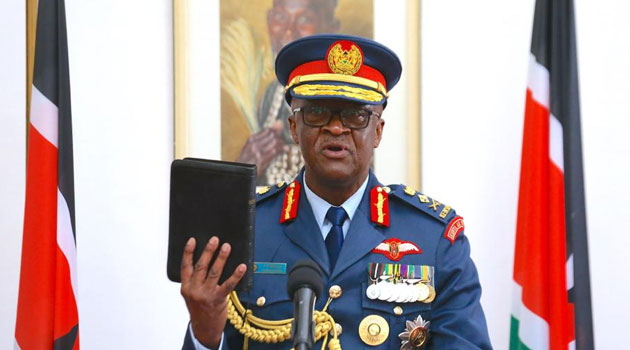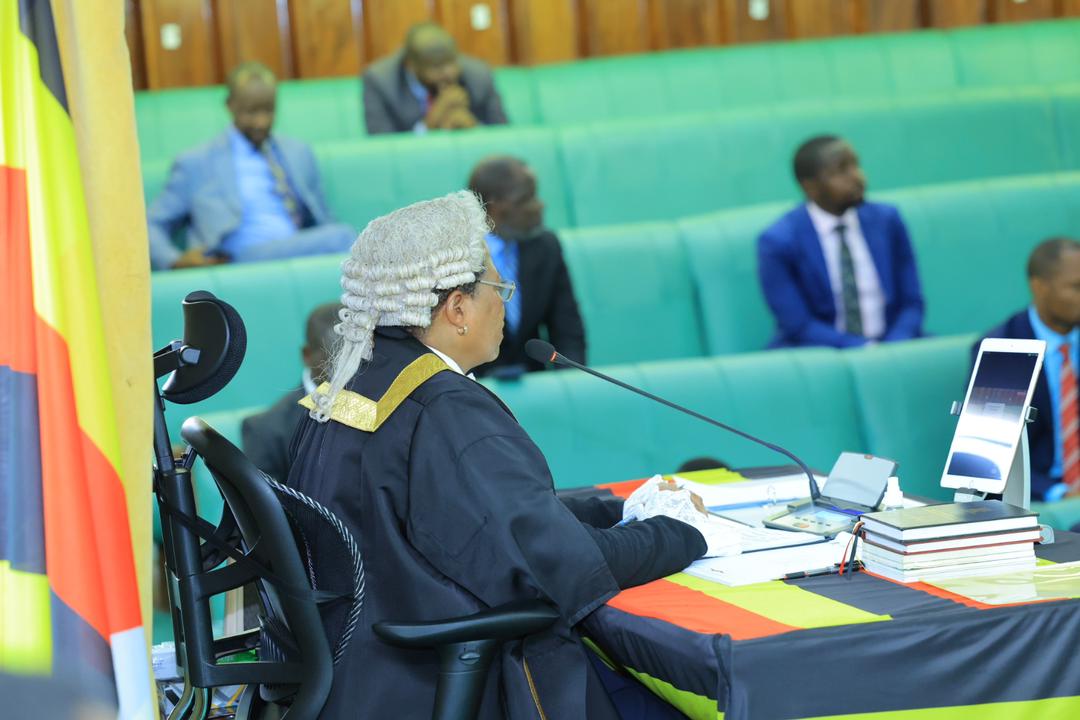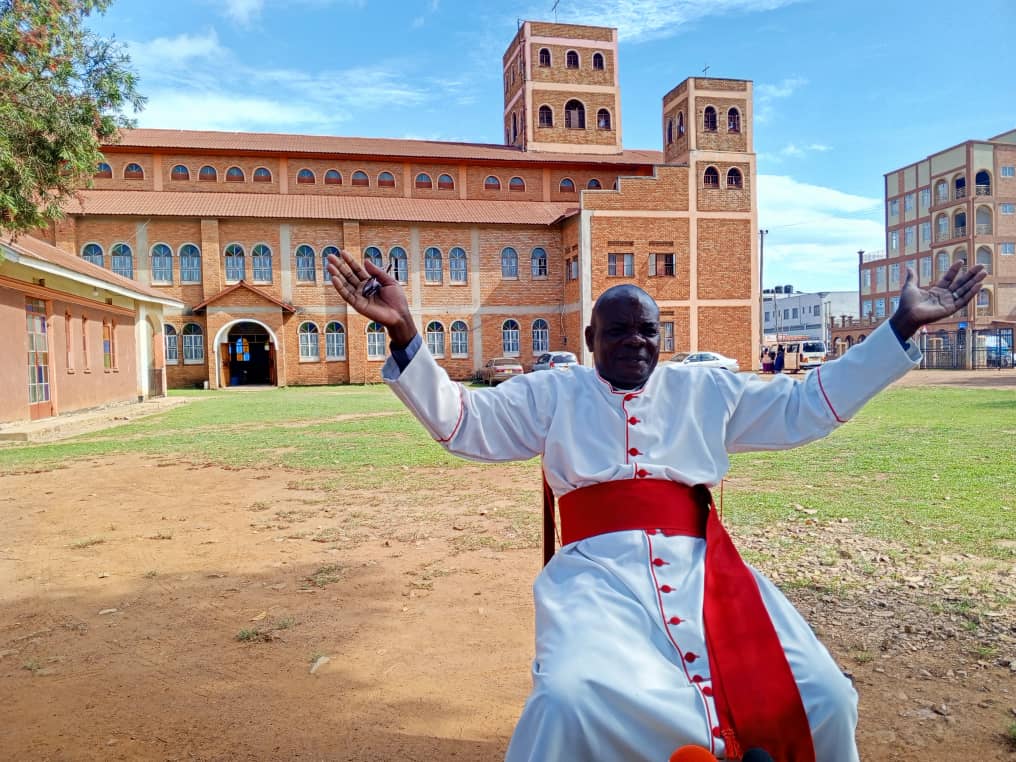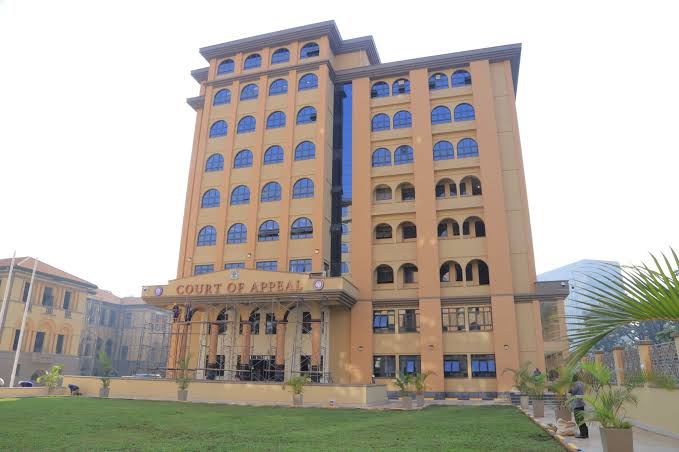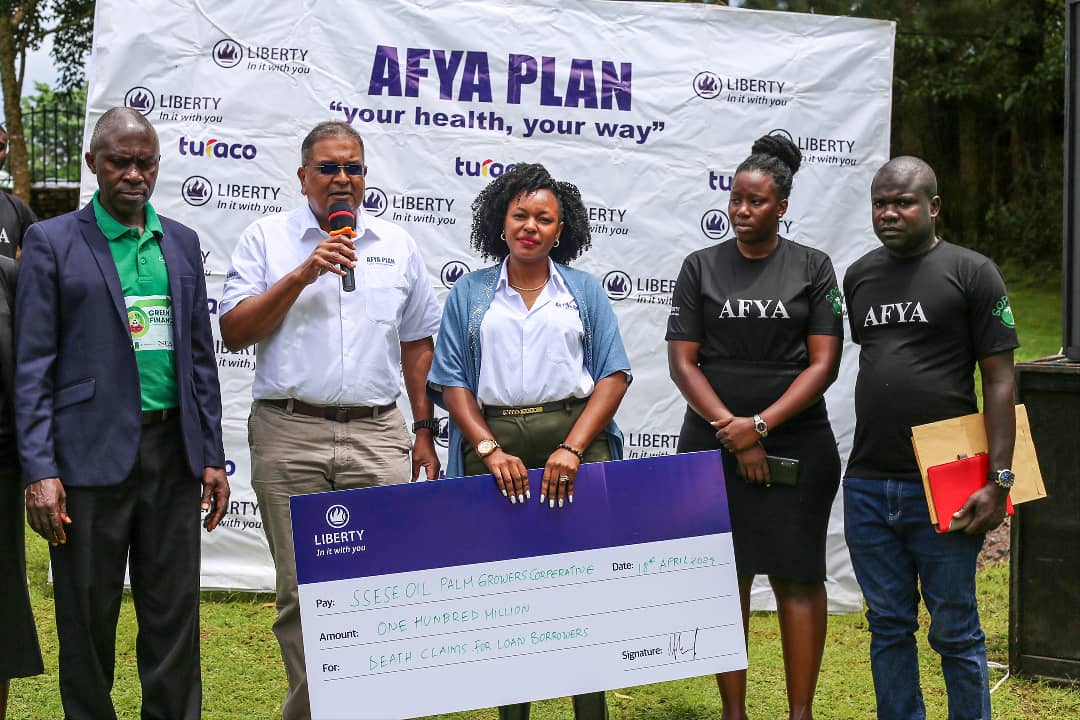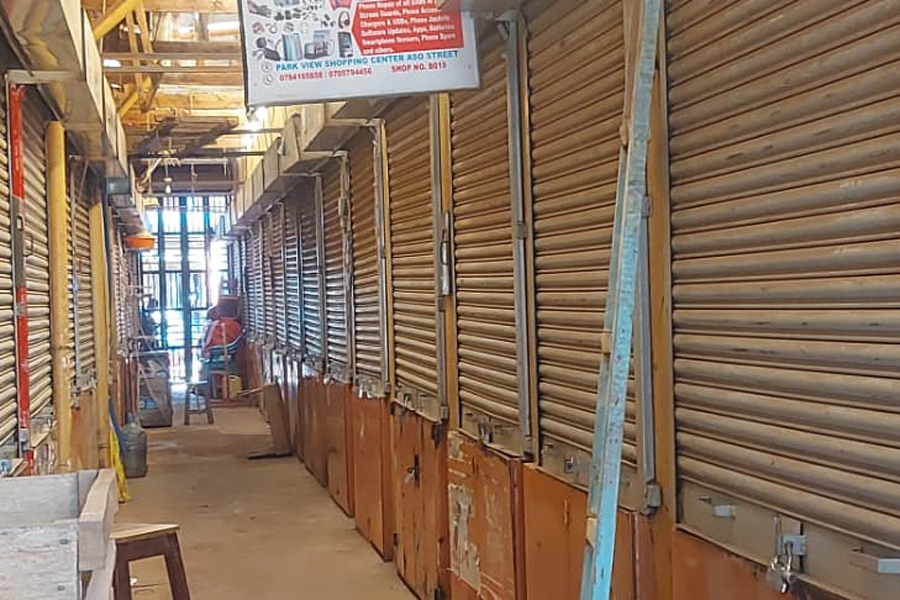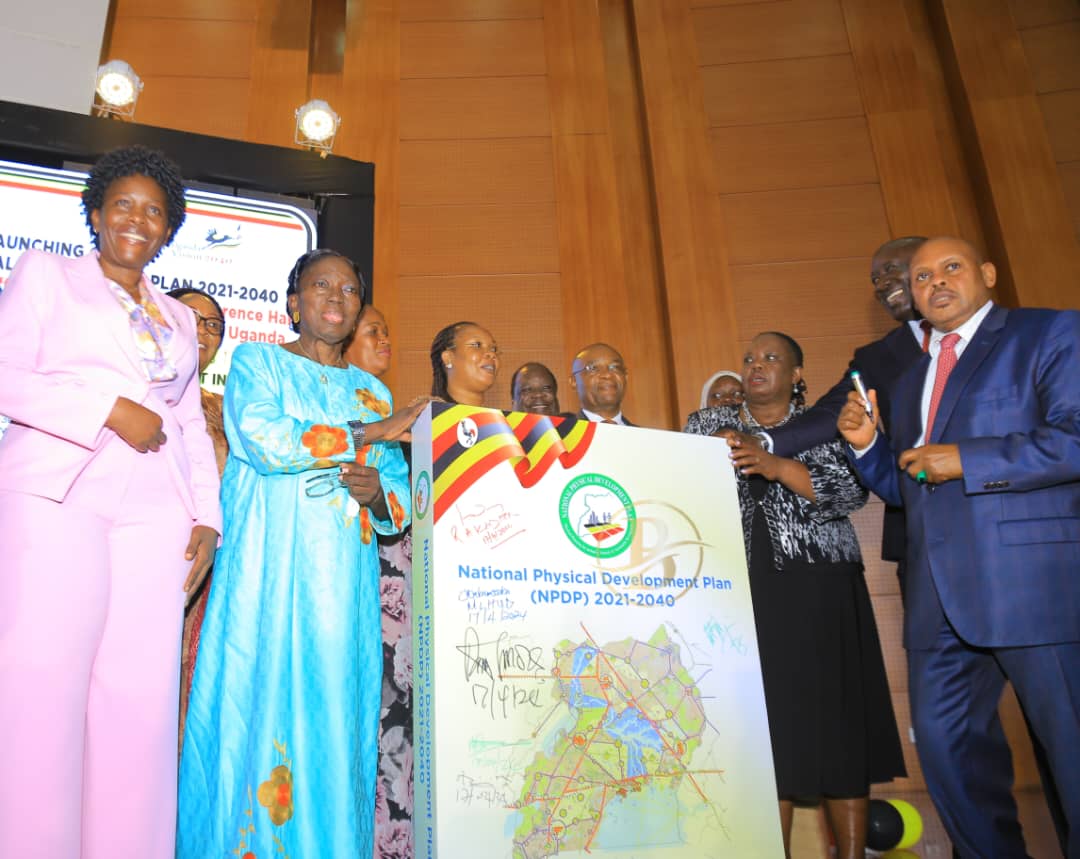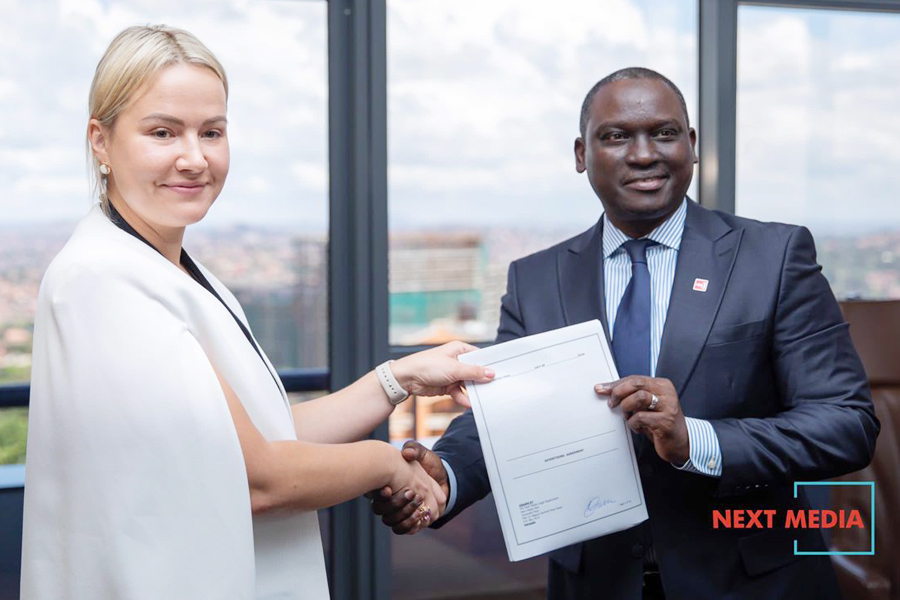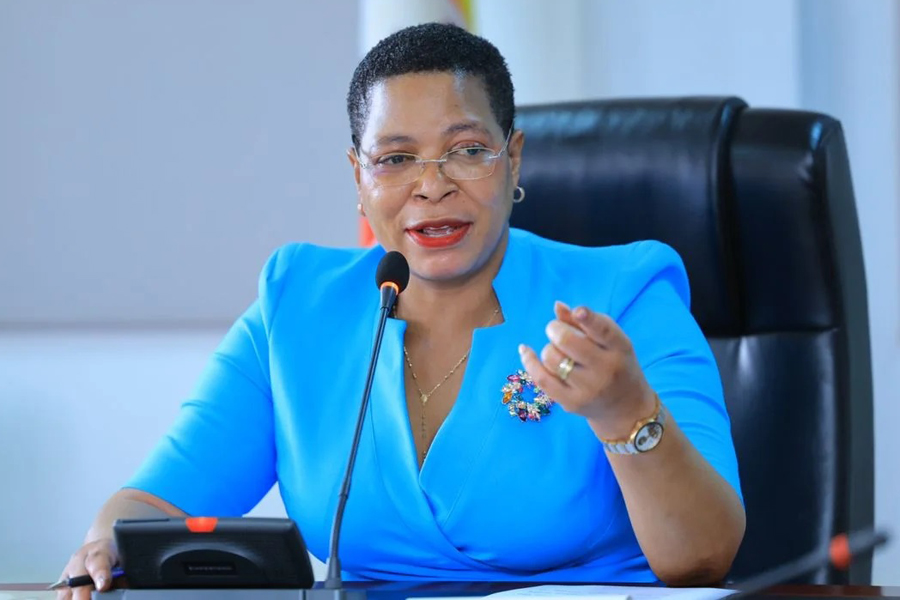Report paints gloomy picture for electricity access
The world's 47 least developed countries1 (LDCs) including Uganda are falling far behind the rest of the developing world in terms of getting power to homes and businesses according to The Least Developed Countries Report 2017.
The report published this week noted while countries have made great strides in recent years, achieving the global goal of universal access to energy by 2030 will require a 350 percent increase in their annual rate of electrification.
United Nations Conference on Trade and Development (UNCTAD) Secretary-General Mukhisa Kituyi said ensuring access to affordable, reliable, sustainable and modern energy for all, is not only a question of satisfying households' basic energy needs.
He said for electrification to transform LDC economies, modern energy provision needs to spur productivity increases and unlock the production of more goods and services.
Dr Kituyi added: "The productive use of energy is what turns access into economic development, and what ensures that investments in electricity infrastructure are economically viable."
The report said while on average 10 percent of people in other developing countries lack access to electricity, this remains the case for more than 60 percent of the population in the least Developed Countries.
The government has stepped up hydropower generation plants like Karuma, Bujagali and Isimba among others but estimates indicate that it will take thirty years for some of the parts of the country to get to the national grid.
Uganda according to the report is among the countries whose electricity power generation contributed to the doubling LDCs' combined installed capacity for medium hydro between 2000 and 2016.
Electricity output from medium hydro rose by more than 80 percent from 9,723 GWh in 2000 to 17,887 GWh in 2014.
The report says while these technologies generally still account for a relatively minor proportion of total generation, there is growing evidence of their effectiveness in serving rural areas.
Achieving universal access to modern energy in LDCs by 2030 according to the report will be costly. Based on previous global estimates, the report puts the cost at $ 12 billion to $40 billion per year.
Total official development assistance to the energy sector is just $3 billion per year while domestic resources for public investment are scarce in most LDCs, and most also face serious limits to borrowing without risking an unsustainable debt burden.
Private investors are reportedly showing little enthusiasm for investments in electricity infrastructure in the Least Developed Countries, which entail large irreversible costs, long project cycles and slow payback.
The report suggests that governments could raise extra capital by developing domestic debt markets or tapping into alternative sources of funding, such as impact investors, infrastructure funds and, in some LDCs, the population living abroad.
Better still, the report says, would be for international donors to honour their long-standing commitment to provide at least 0.15 - 0.20 percent of their national income in aid, as part of the Istanbul Programme of Action for the Least Developed Countries for the Decade 2011 - 2020 of the United Nations.


